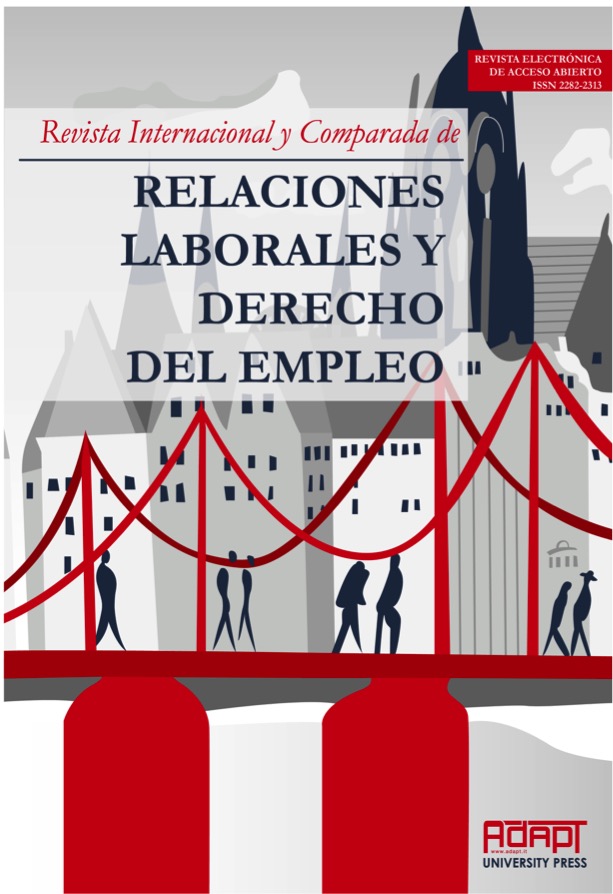Resumen
Una de las prestaciones más reformadas y desnaturalizadas ha sido, sin duda, la incapacidad temporal y ello es porque la misma se ha ido restringiendo y endureciendo ante la sospecha generalizada de “fraude” a la Seguridad Social. Lo que, al término, ha determinado que la misma no cumpla con sus cometidos originales. Empero, en el año 2023, esta prestación ha comenzado a modernizarse y actualizase, llegando incluso a albergar nuevas situaciones que – hasta ahora – quedaban desprotegidas. En efecto, tras la aprobación de la LO 1/2023, se recogen ahora como situaciones “especiales” de incapacidad temporal las siguientes: el síndrome menstrual secundario, la situación posterior a la interrupción del embarazo, voluntaria o no y el embarazo llegado la semana trigésima novena de gestación. A lo largo de este trabajo no sólo se trata de ofrecer un análisis pormenorizado de cada una de estas figuras, sino lo que es más importante, se hace desde el punto de vista crítico y de propuesta de “lege ferenda”.
One of the most reformed and distorted benefits has undoubtedly been temporary incapacity and this is because not only does it not fulfil, sometimes, its original tasks, but also because of the restrictive character that, over time has shown and toughened the legislator on suspicion of ‘possible fraud’. However, in 2023, this service began to be modernized and updated, even going so far as to accommodate new situations that until now were unprotected. In effect, following the adoption of Organic Act No. 1/2023, the following are now included as ‘special’ situations of temporary incapacity: secondary menstrual syndrome, the post-abortion situation, voluntary or not and the pregnancy arrived the thirty-ninth week of gestation. In the course of this work, not only has an attempt been made to offer a detailed analysis of each of the figures, but what is more important, has been done critically and with ‘lege ferenda’ proposals.

